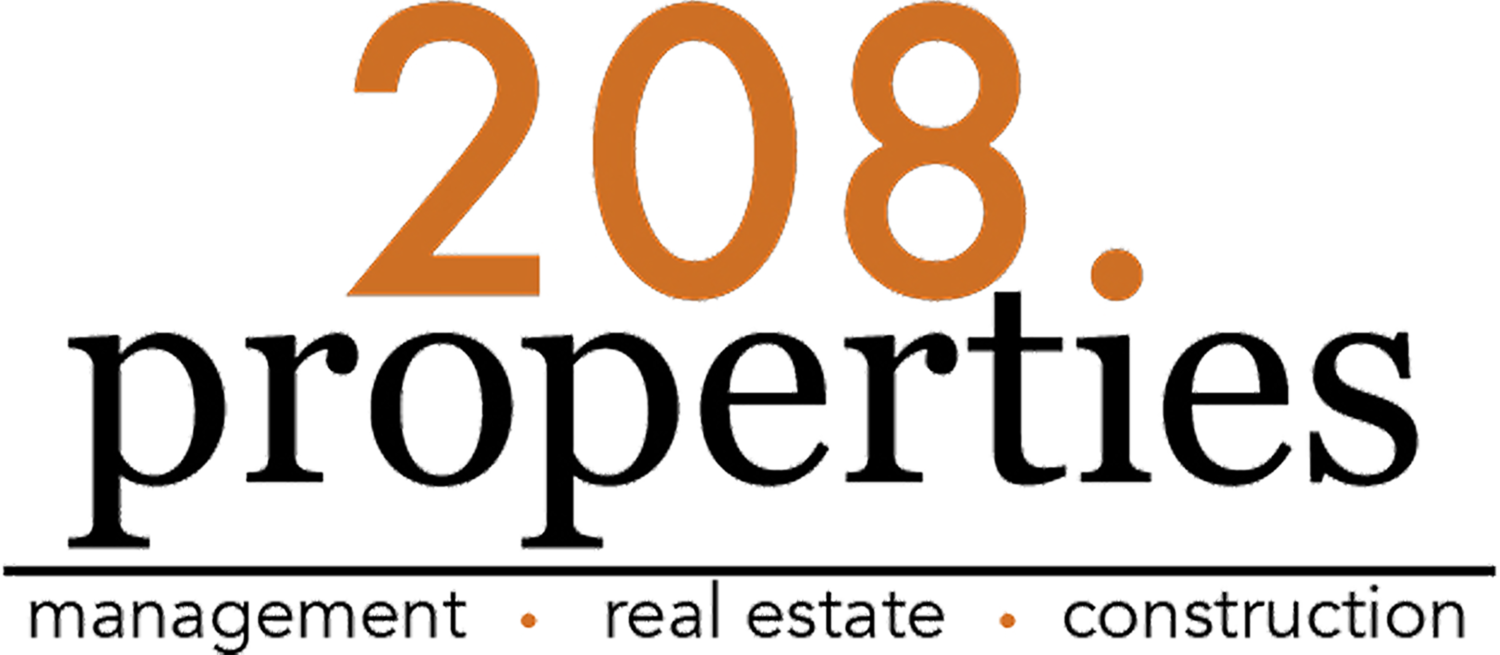When purchasing real estate, one of the biggest decisions investors and homebuyers face is choosing between a single-family home (SFH) and a multi-family home (MFH). Both property types offer distinct advantages and challenges, and understanding these differences can help buyers make a decision that aligns with their financial goals and lifestyle preferences. Below, we explore the pros and cons of each, along with the long-term benefits of owning either type of property.
Single-Family Homes
Pros:
Affordability & Lower Upfront Costs
Single-family homes generally cost less than multi-family homes, making them more accessible to first-time homebuyers or investors with limited capital.
Easier to Finance
Lenders often offer more favorable terms for SFHs due to their lower risk profile compared to MFHs.
Higher Resale Value & Appreciation Potential
SFHs tend to appreciate at a steady rate, and they are easier to sell due to a larger buyer pool (including families and individual homebuyers, not just investors).
Lower Maintenance & Management Needs
With only one unit to maintain, SFH owners do not need to worry about managing multiple tenants, common areas, or additional property concerns.
Stronger Tenant Pool
If rented, SFHs often attract long-term tenants, such as families, who are more stable and reliable compared to short-term tenants in multi-family units.
More Privacy
SFHs typically offer more privacy, as there are no shared walls or common spaces with other tenants.
Cons:
Single Income Source
If an SFH is used as a rental, there is only one tenant providing income. If the tenant moves out, there is no income until a new one is found.
Higher Vacancy Risk
A vacancy means the property is not generating rental income, whereas an MFH can still produce partial income even with some vacant units.
Limited Cash Flow
Compared to MFHs, SFHs generally provide a lower return on investment in terms of rental income versus purchase price.
Less Economies of Scale
Maintenance costs for SFHs can be higher per unit compared to MFHs, as repairs and maintenance do not benefit from economies of scale.
Multi-Family Homes
Pros:
Multiple Income Streams
Owning a multi-family property allows for multiple tenants, reducing the risk of a complete loss of rental income.
Greater Cash Flow Potential
With multiple tenants, an MFH can generate significantly higher rental income compared to an SFH.
Better Financing Opportunities for Investors
Lenders often consider MFHs as income-generating properties, making it possible to qualify for loans based on projected rental income rather than just personal finances.
More Tax Benefits
Owners of MFHs can often deduct more expenses, including depreciation, maintenance costs, and mortgage interest, reducing taxable income.
Lower Vacancy Risk
Even if one or two units are vacant, other units will still generate income, mitigating the financial impact of vacancies.
Scalability & Wealth Building
MFHs are an excellent option for investors looking to scale their real estate portfolio, as owning multiple units within one property is more manageable than owning multiple SFHs in different locations.
Cons:
Higher Upfront Costs
MFHs typically require a larger down payment and higher purchase price, making them less accessible to first-time buyers.
More Complex Management
Managing multiple tenants, handling repairs across multiple units, and addressing tenant conflicts can be time-consuming and require professional property management.
Increased Maintenance Costs
More units mean more maintenance, which can add up quickly if not properly planned for.
Zoning & Regulation Complexity
Multi-family properties are subject to additional zoning laws and regulations that SFHs may not face, which can limit expansion or renovation opportunities.
Resale Challenges
The buyer pool for MFHs is smaller, often limited to investors rather than individual homebuyers, potentially making resale more difficult.
Long-Term Benefits of Owning a Single-Family or Multi-Family Home
Single-Family Homes
Appreciation Potential
SFHs typically appreciate over time, especially in desirable neighborhoods, providing a solid long-term investment.
Easier Exit Strategy
Due to high demand, SFHs can be easier to sell when the time comes to cash out.
Low-Touch Investment
For investors looking for a more passive income stream, SFHs require less hands-on management than MFHs.
Lifestyle Benefits
For owner-occupants, SFHs offer stability, privacy, and community engagement, making them a great option for long-term residence.
Multi-Family Homes
Wealth Building Through Rental Income
The ability to collect multiple rent payments can significantly accelerate wealth accumulation and mortgage payoff.
House Hacking Opportunity
Owners can live in one unit while renting out the others, allowing them to reduce or even eliminate their own housing costs.
Faster Portfolio Growth
Acquiring an MFH with multiple units allows investors to scale their real estate holdings faster compared to buying multiple SFHs individually.
Generational Wealth & Legacy Planning
A well-managed MFH can generate consistent cash flow and become a valuable asset for future generations.
Which is Right for You?
Choosing between a single-family and multi-family home depends on your financial situation, investment goals, and risk tolerance. If you prefer a low-maintenance property with long-term appreciation potential and ease of resale, a single-family home might be the better choice. However, if you are looking to maximize rental income, take advantage of economies of scale, and build a scalable real estate portfolio, a multi-family home may be the smarter investment.
Regardless of your choice, both SFHs and MFHs can be excellent long-term investments when approached with careful planning and a clear understanding of the market. Evaluating your financial goals, management preferences, and risk tolerance will help ensure a successful real estate investment strategy.







